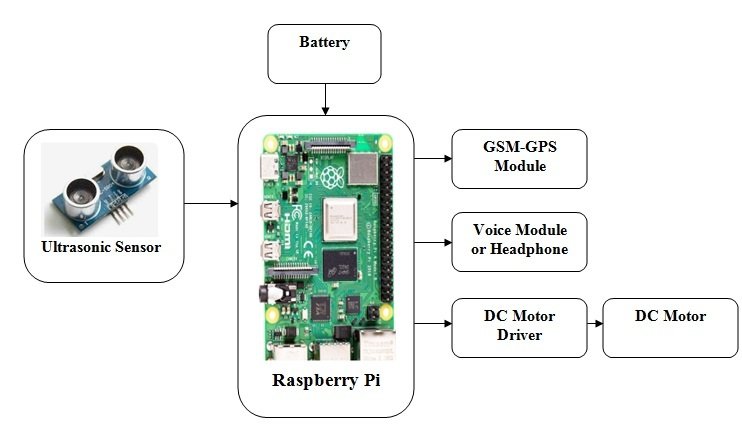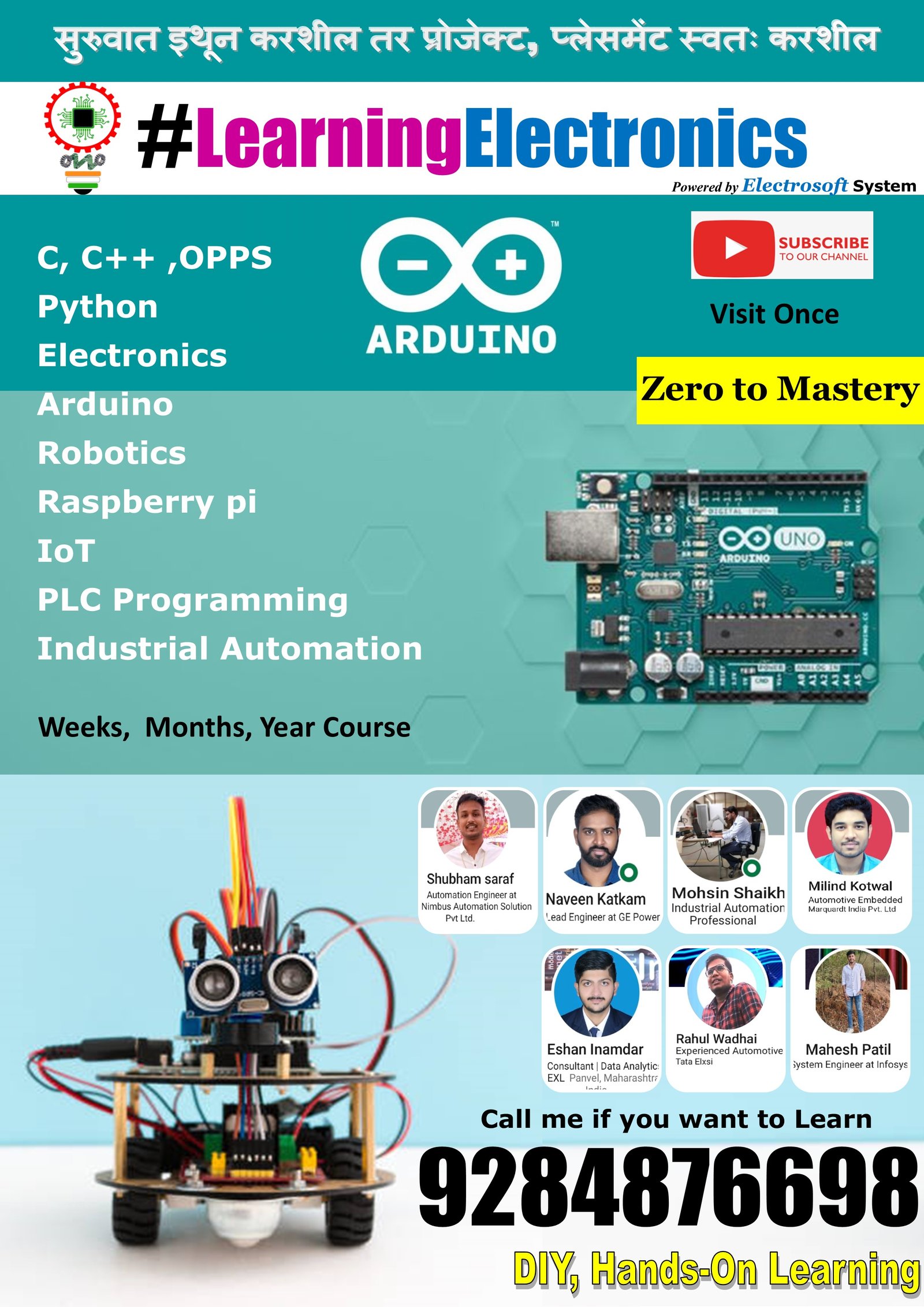Smart Walking Stick for Blind Person with Navigation Assistance Using Raspberry Pi
Abstract
Blind people are facing many problems in their day-to-day life. They find it very difficult to read books as well as to recognize the object in front of them. From the survey of WHO, 30 million peoples are permanently blind and 285 billion peoples with vision impairment. If you notice them, you can very well know about it they can’t walk without the help of other. One has to ask guidance to reach their destination. They have to face more struggles in their life daily life. Many countries around the world provide special assistance to these needed people to improve their life quality as good as possible. They provide them with special equipment for their disability to improve their daily life like voice message service, electronic stick that guide them while moving around and other specialized equipment. Blind people can\'t even walk without any aid. Many times they rely on others for help. Several technologies for the assistance of visually impaired people have been developed. So that we make their stick smarter, we interfaced some system with their walking stick. In this system we interfaced some smart functions with their stick.
This project presents the development of a Smart Walking Stick designed to assist visually impaired individuals in navigating their surrounding safely. Leveraging the capabilities of the Raspberry Pi platform, the system integrates various sensors, communication devices, and software components to provide real-time navigation assistance.
The hardware components include ultrasonic sensors for obstacle detection, a GPS module for location tracking and voice module for delivering audio instructions to the user. The Raspberry Pi serves as the central processing unit, running a lightweight operating system and coordinating the functionalities of the different components.
The development process involves thorough testing of algorithms in controlled environments and obtaining feedback from visually impaired individuals to refine the system's user interface and overall functionality. The project prioritizes safety considerations, incorporating fail-safes, battery monitoring, and user training components.

